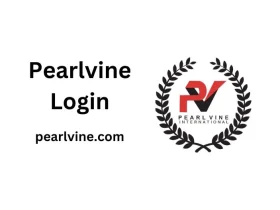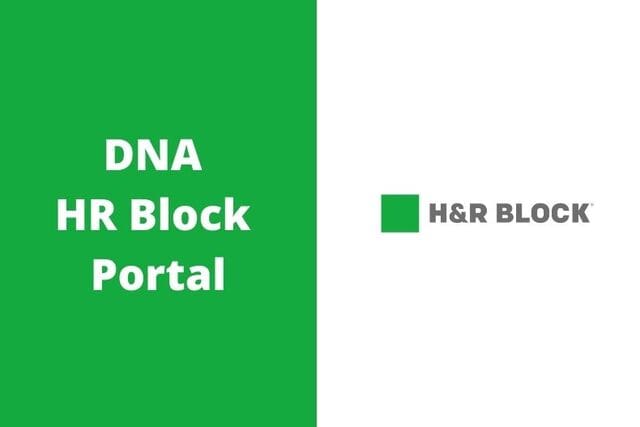With so many freelance designers, little studios, and agencies on the market offering web and graphic design services, it can be hard to maintain a steady flow of new clients. In this article, we’ll walk you through efficient methods you can use to promote your design services.

1. Know your target audience
Many designers skip this step because they think they already know their audience. They say they sell to “people who want to order my services,” “everyone,” “mostly males,” etc.
However, when working on a marketing strategy, targeting the right audience is one of the essential things to keep in mind. There is almost no business that can satisfy everyone. So don’t waste your time and money advertising to those who would never pay for your services.
A good example of a target audience is small businesses in your area with no existing or outdated websites. Or maybe you’re a designer with huge experience in a specific industry. That may give you an edge over your competitors. For example, if you worked in the music industry, it could mean you can offer your design services exclusively to musicians and record labels.
Once you know who you want to work with, it becomes easier to find suitable potential clients and optimize your marketing materials and your approach.
2. Create a fantastic portfolio site
You are the type of professional whose skills will be judged by potential clients based on your portfolio. So make sure it looks perfect and makes people want to work with you.
Many designers have one mistake in common. They showcase as many work samples as possible to impress clients. In reality, it can confuse and even discourage them from doing business together. No one likes to waste their time trying to figure out something for too long.
Remember that you don’t need to add every project you’ve ever completed. Instead, choose your best samples and let them tell potential clients what you can do.
It’s also a good idea to add case studies instead of simply showing images of your work.
If you want more exposure, consider following the steps below:
- Publish on third-party portfolio sites
In addition to placing your portfolio on your own resource, consider using third-party websites like Behance or Coroflot. They will allow you to set up a designer profile and showcase your work samples to potential clients.
- Add a blog to your site
Don’t hesitate to share your experience and knowledge in your professional blog. Look for opportunities to present yourself, and not just list achievements, but sincerely share experiences of failures and mistakes. Tell people what you did wrong and what conclusions you came to. Analyze what issues you have enough knowledge to teach others and take action. In addition to a thematic blog, you can host webinars or develop an author’s instruction on how to use some complex but very useful design applications. Allow your readers to download educational stuff for free.
- Guest post to other design blogs
Writing for other blogs can also be beneficial and provide great opportunities for better exposure. There are a lot of design blogs on the web, and many of them accept article submissions. This way, you can build your brand recognition and network with other influential people in your industry.
3. Showcase positive reviews from your clients
Potential clients usually want to see reviews on products or services before buying. So gather statements from your previous or current clients in which they share their opinions of your service. Then, you can put customer testimonials on your website in the form of quotes.
4. Send well-designed emails
Email gives you the perfect opportunity to stay in touch with your current and potential clients. But if you want to stand out in recipients’ inboxes, you need to take care of a great email design.
- Keep all emails on brand (a unique tone, logo, the same colors & fonts);
- Incorporate unique visual content (videos, GIFs, animations);
- Use a responsive design (your emails should look good on desktop, laptop, and mobile devices).
- Use a creative email signature
A well-designed email signature (also called an email footer) is another excellent way to establish a professional and personal feel with the help of email communication. For example, you can add your name, company name, phone number, links to social media, calls to action, such as “Read my blog,” “Download eBook,” “Book a meeting,” etc.
See these email signature examples to get inspired.
We also recommend using a photo of yourself on your signature. People will likely feel more connected to you if they see your face. And such a stronger connection can help gain trust and secure client work.
Here is a free, reliable email signature generator to help you design your email footer.
5. Pay extra attention to major social media platforms
One of the keys to success is to be where your target audience can find you. Today, it’s social networks. So set up profiles on major social media like LinkedIn, Facebook, Instagram, Twitter, LinkedIn, YouTube, TikTok, and Pinterest. You don’t have to be present on all of them, of course. Choose s few that are the best fit with your target audience and concentrate most of your resources and time there. However, be sure you don’t spend too much time online and always measure the results you’re getting. Sometimes, it isn’t worth your time and effort. It doesn’t pay off.
You can use the power of social networks to show off the work that you’re doing for clients to others. These can be links to completed projects, images, screenshots, testimonials, and even behind-the-scenes.
Another popular way to use social media to promote your services is to run a contest. It can result in larger exposure and more potential clients.
Conclusion
If you’re looking to attract more clients to your design studio, follow the recommendations from this article. Let’s quickly walk through them:
- Determine your target audience to optimize your marketing effort;
- Create a portfolio on your own resource;
- Upload your portfolio to third-party websites for designers (Behance, Dribbble, Coroflot);
- Start a blog where you share your knowledge and experience to increase authority and attract more website visitors;
- Write guest posts for other industry-related resources;
- Add positive reviews from your clients to your website and social media;
- Make sure you send only well-designed emails;
- Consider using a professional email signature;
- Be active on social media.












Leave a Reply